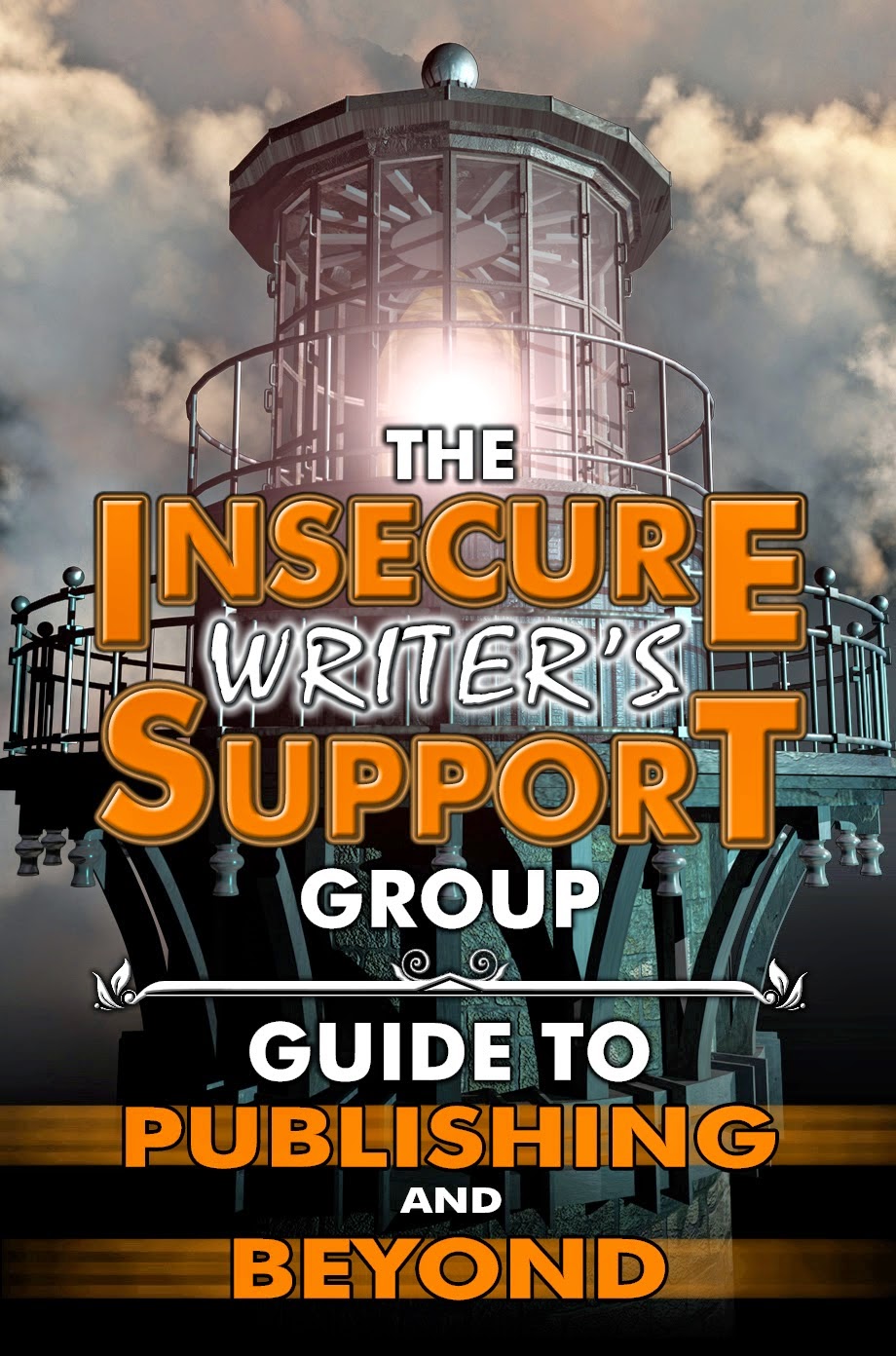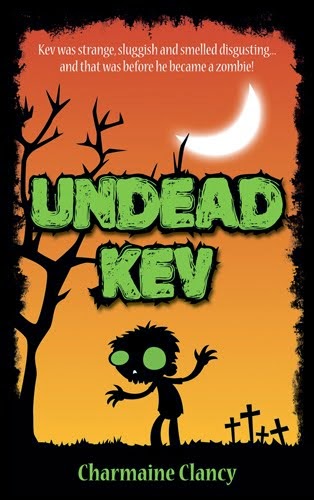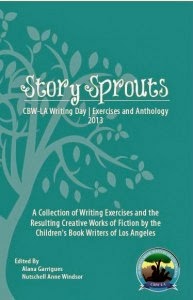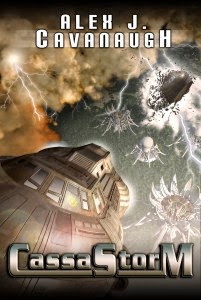It is tempting, especially at the
beginning of a story, to have things happen in a way that is convenient, just
to get the ball rolling. A new guy starts at work and our heroine likes the
look of him. Later that evening she’s in the supermarket doing a little
shopping and who should be buying olives at the deli counter but that guy from
work...
Obviously that scenario is
perfectly plausible. We run into friends or work colleagues all the time. You
can be visiting a foreign city, walk round a corner and bump into someone you
went to school with and haven’t seen in years.
But the temptation for a writer
to lend a hand, to put their character in the right place at the right time,
makes it harder to get to know the character. You are in fact delaying the
start of the story.









































































































